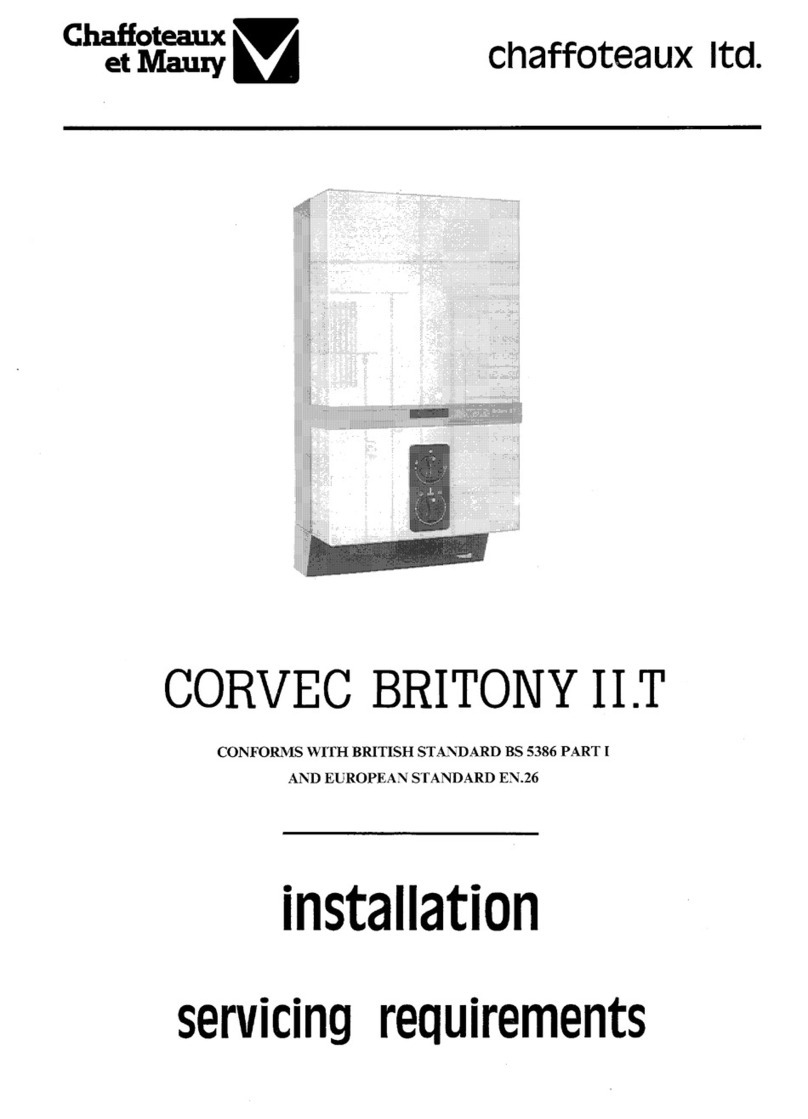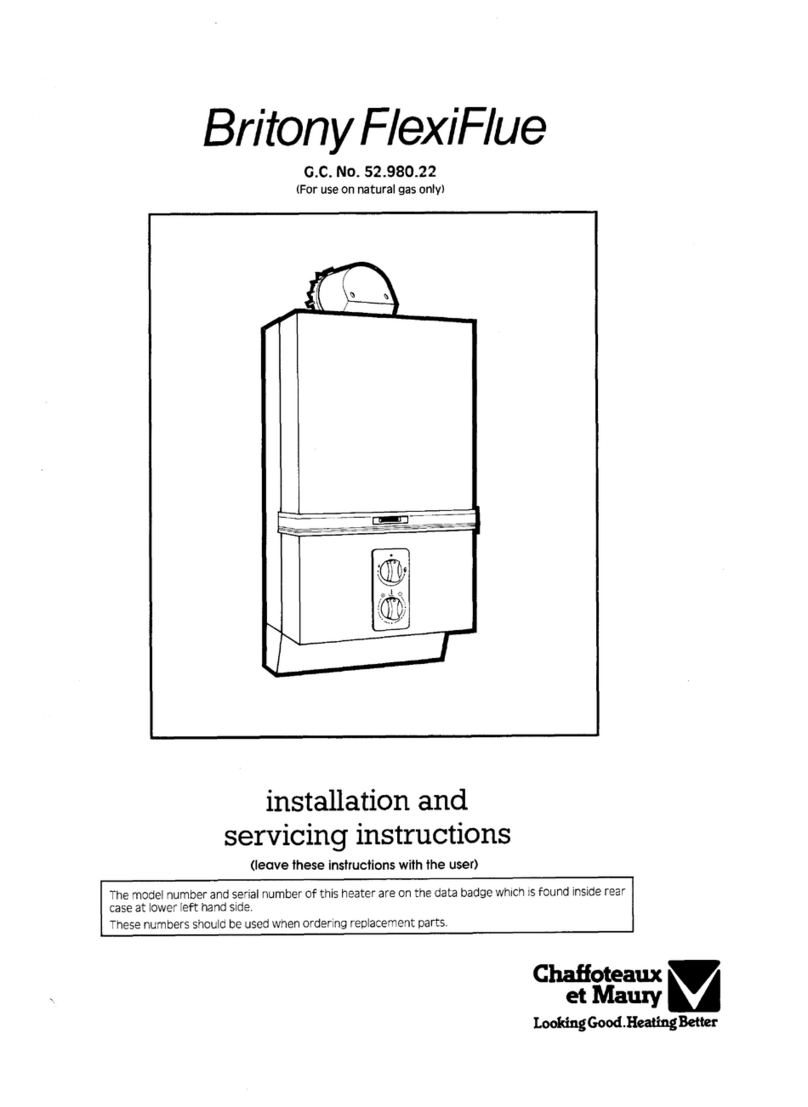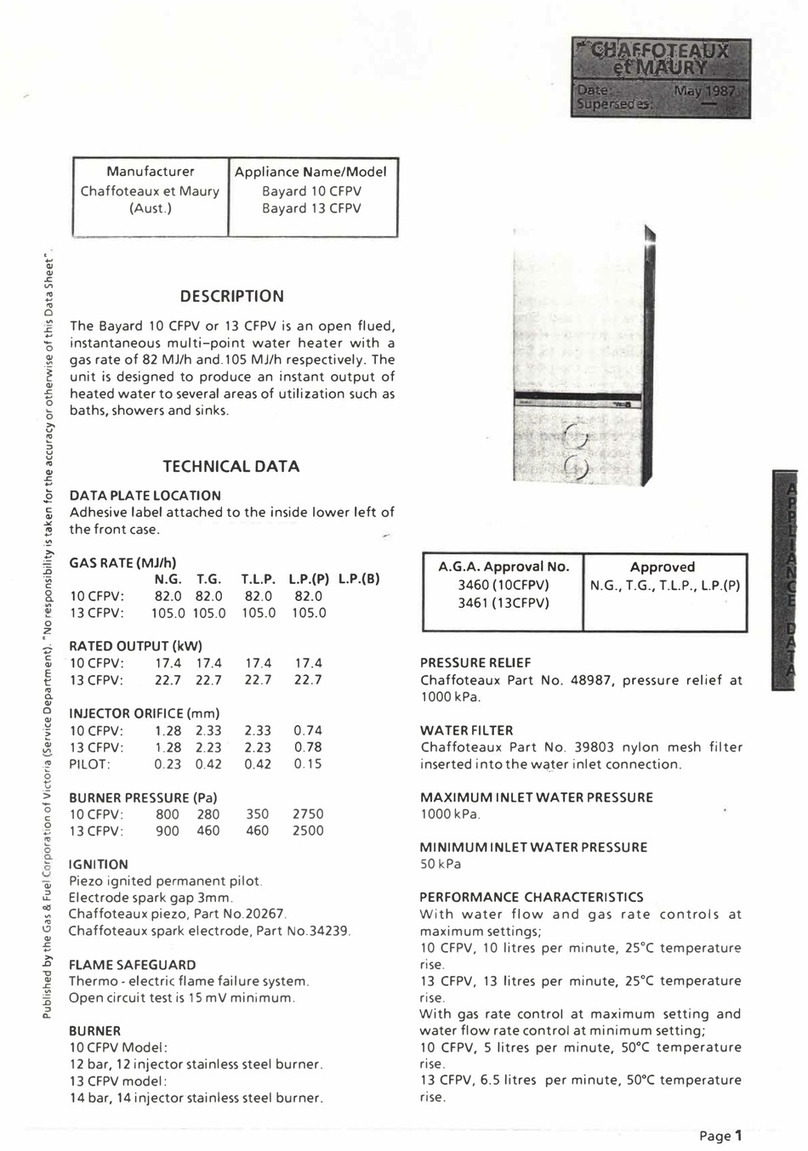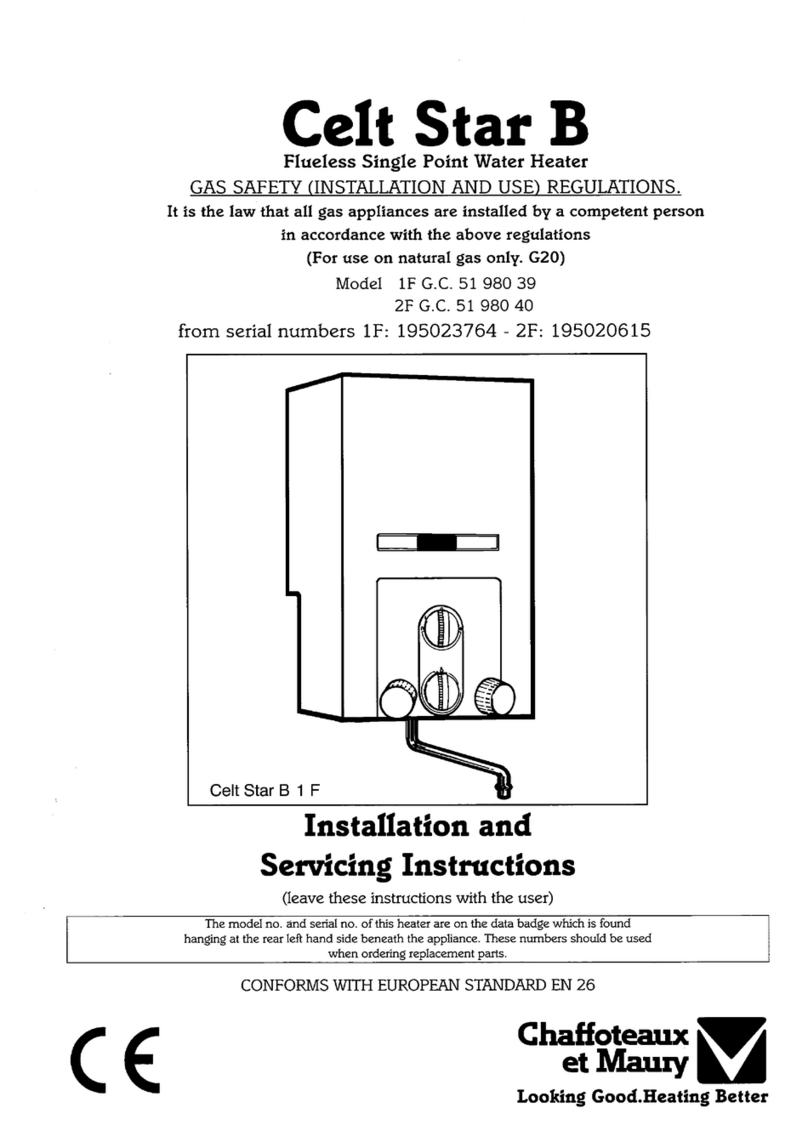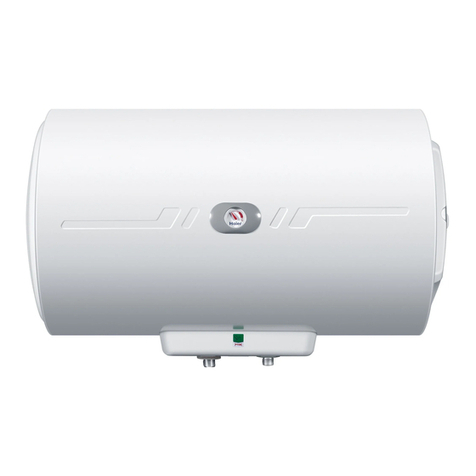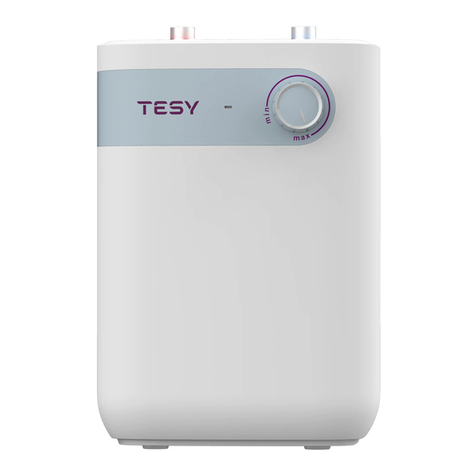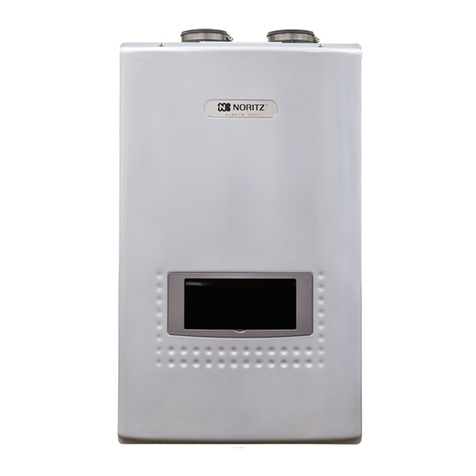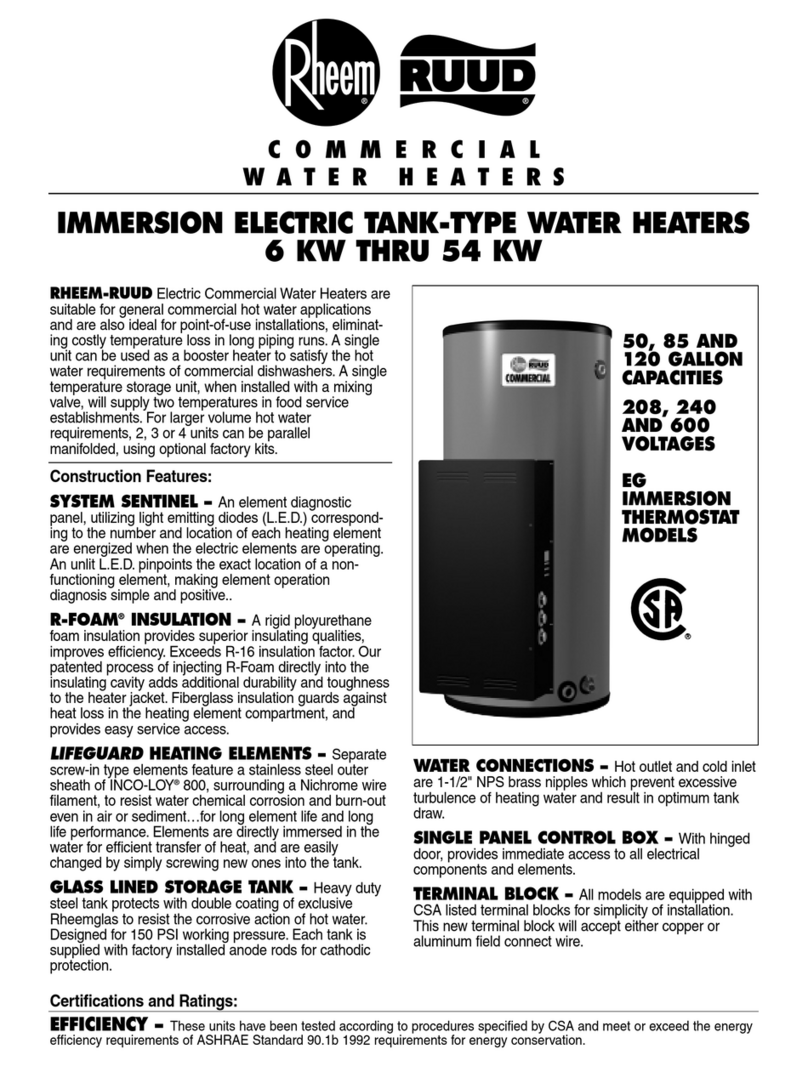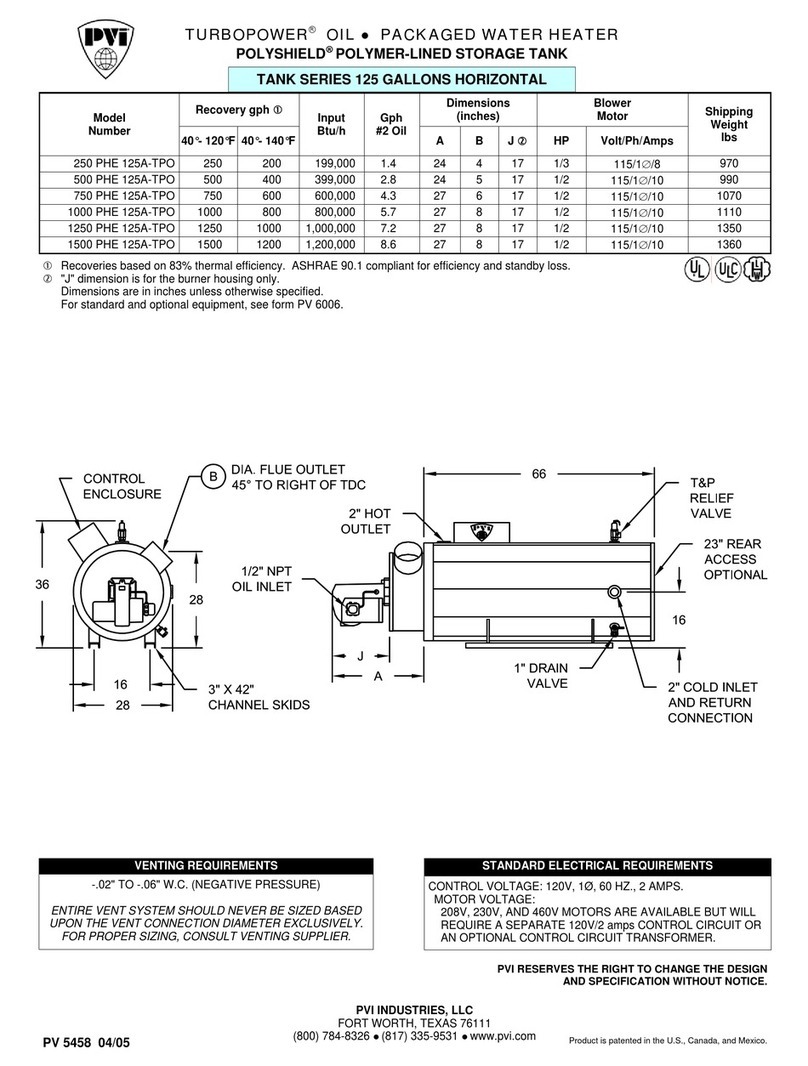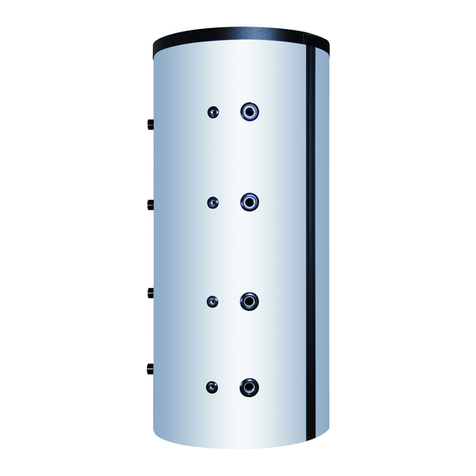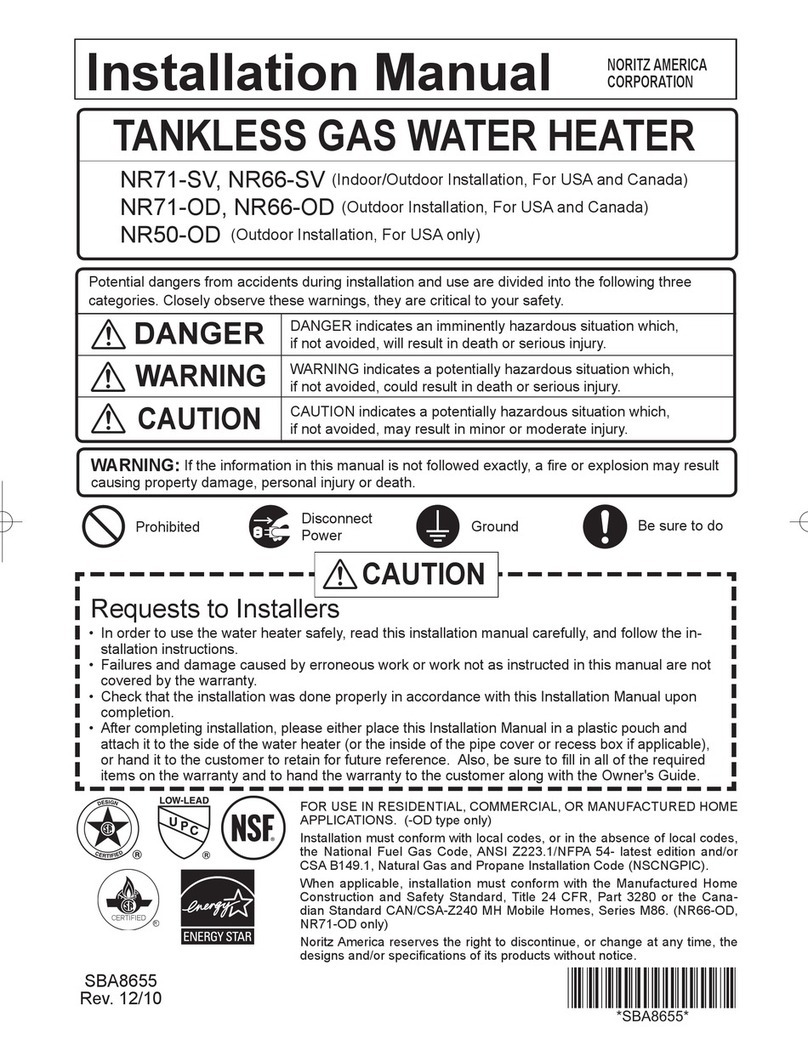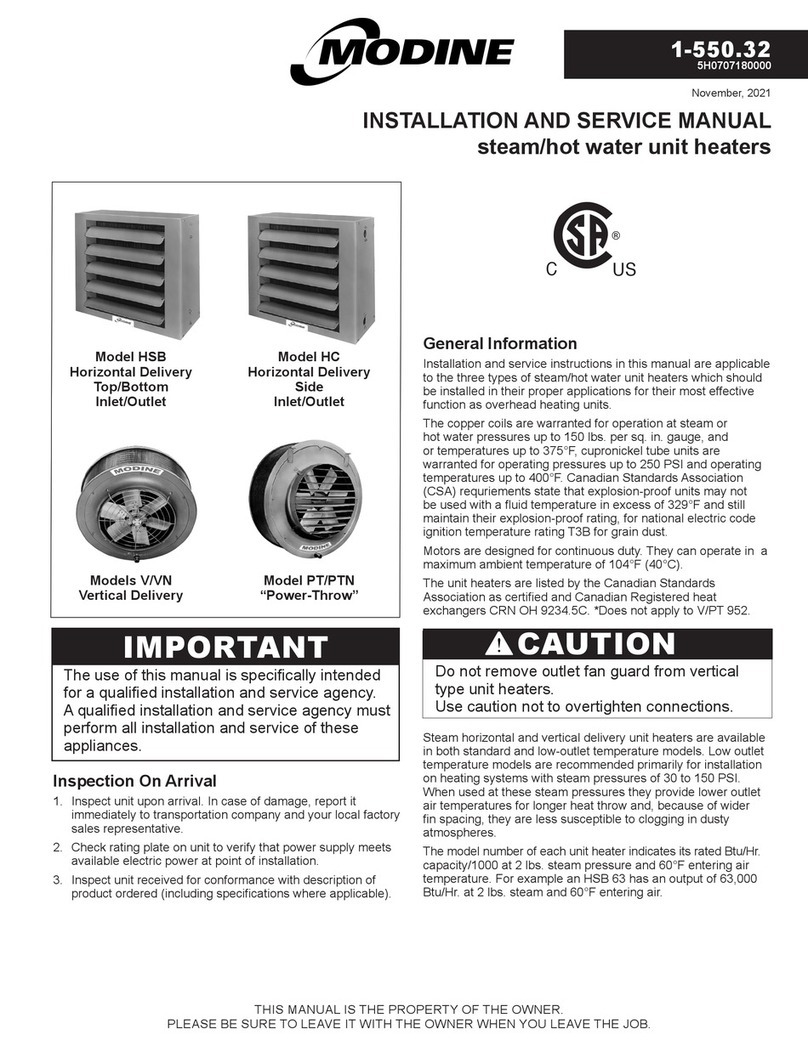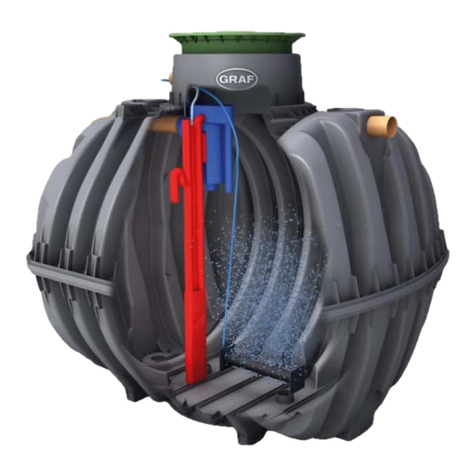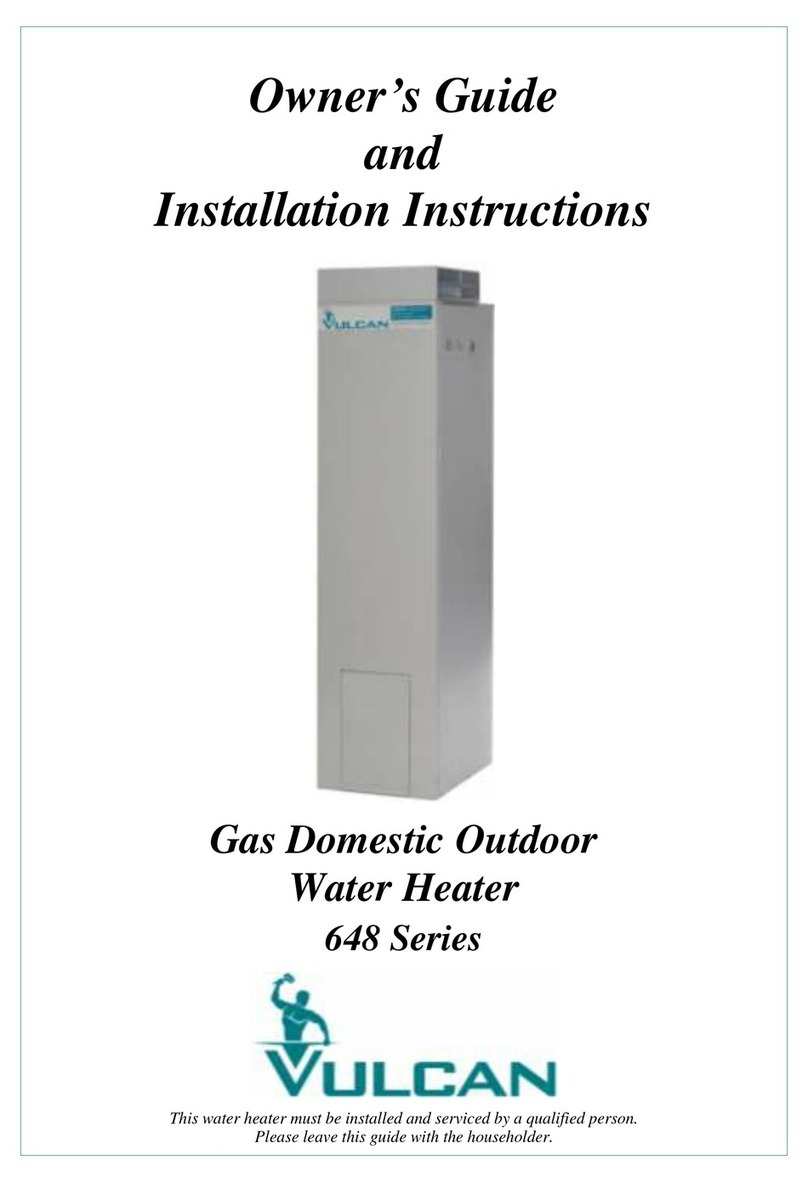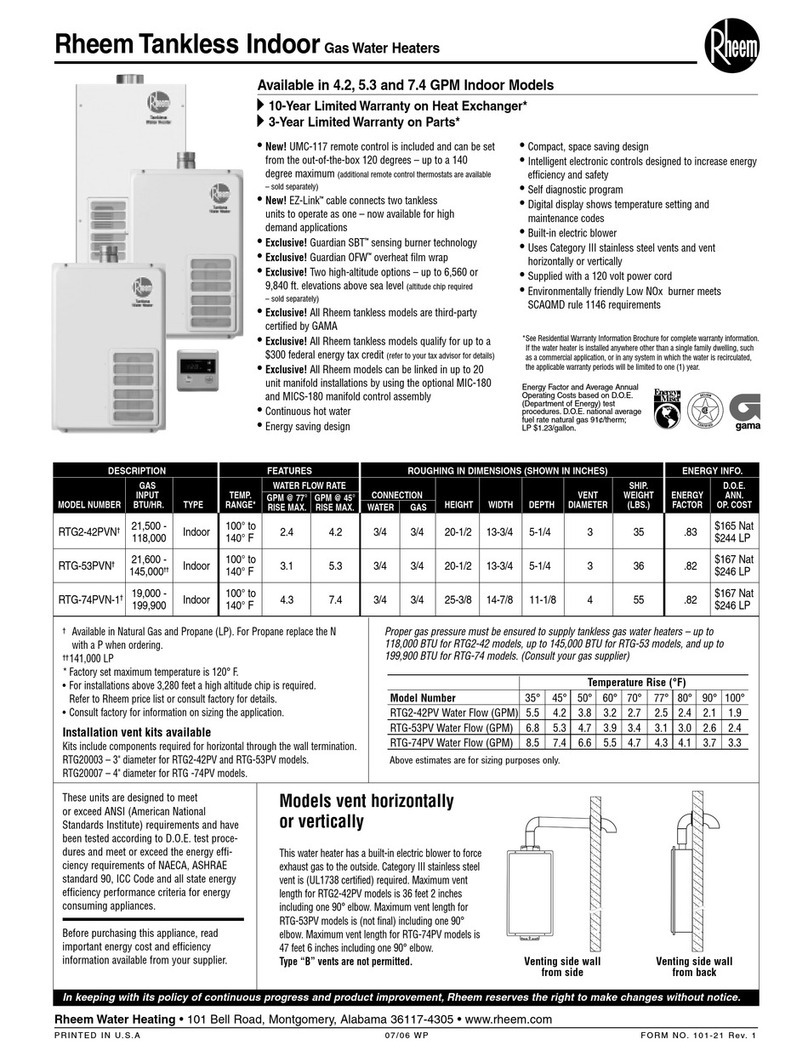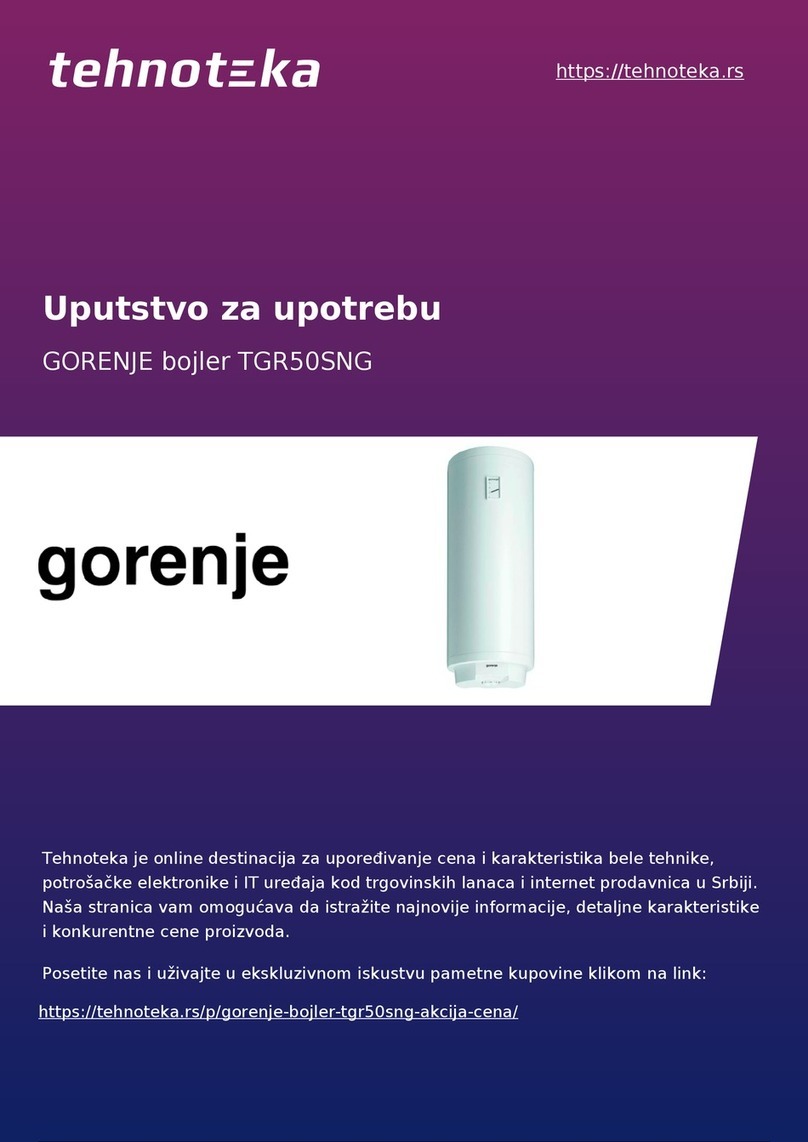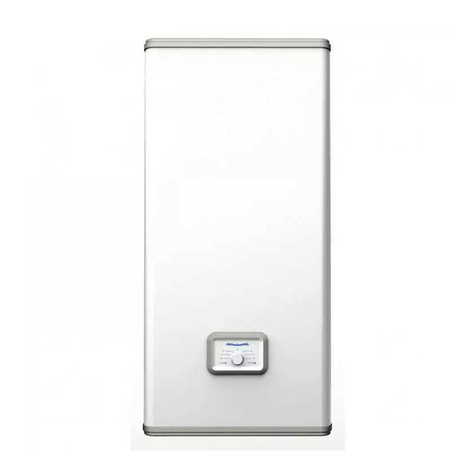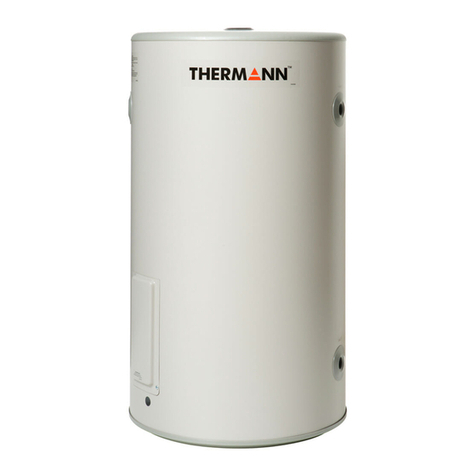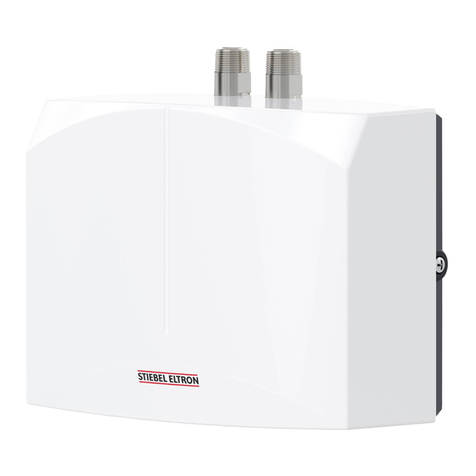
Supplied By www.heating spares.co Tel. 0161 620 6677
2. INSTALLATION REQUIREMENTS
2.1 Related Documents
The installation of the heater must be in accordance
with the relevant requirements of the Gas Safety
(Installation and Use) Regulations. Building
Regulations and the current Byelaws of the local
water undertaking. It should be in accordance with
the current British Standard Codes of Practices Local
Authority Building standard (Scotland) regulations,
and the safety document 635, the electricity at work
regulation. Detailed recommendations are contained
in the following British Standard Codes of Practice :
BS6400:BS5546:BS5440:F't.l:andPQ:BS7671-BSOM2.
2.2 Location
The location chosen for the appliance must permit
the provision of a satisfactory fIue termination The
location must also permit adequate space for servi-
cing and air circulation around the appliance.
The appliance may be installed in any room or inter-
nal space although particular attention is drawn to
the requirements of the current BS 7671 and, in
Scotland, the electrical provisions of the Building
Standards applicable in Scotland, with respect to the
installation of a heater i a room or internal space
containing a bath or shower.
Where a room sealed appliance is installed in a
room containing a bath or shower, any electrical
switch or appliance control, utilising mains electrici-
ty should be so situated that is cannot be touched by
a person using the bath or shower.
Where the installation of the appliance will be in an
unusual location special procedures may be neces-
sary and BS 5546 gives detailed guidance on this
aspect.
A compartment used to enclose the appliance must
be designed and constructed specifically for this pur-
pose. An existing cupboard or compartment may be
used provided that it is modified for the purpose.
Details of essential features of cupboardcompart-
ment design are given in BS 5546.
2.3 Gas Supply
An adequately sized gas meter must be connected
to the service pipe. Where necessary the local Gas
Region of British Gas will arrange for the existing
meter to be checked or for a suitable meter to be
installed. On no account must any work be carried
out on the gas meter other than by BRITlSH GAS or
their specifically authorised contractor.
Installation pipes should be fitted in accordance with
BS 689 1. Pipework from the meter must be of ade-
quate size. Pipes of a smaller size than the gas
connection should not be used. Gas supply pipes in
excess of 3 metres use 22 mm pipe.
The complete installation must be tested for gas
soundness and purged in accordance with BS 689 1.
2.4 Siting the Flue Terminal
The ffue must be installed in accordance with
BS 5440 : Pt. 1.
The following notes are intended to give general gui-
dance.
The standard ffue set is suitable for walls having a
thickness of 75 mm (3 in.) to 612.5 mm (24 in.) for
rear outlet lluing or up to 500 mm (19,5 in.) for side
outlet ffuing. Other ffue options are available to a
maximum of 3 m (9 ft. 8 in.) to special order.
-
-
A
B
C
D
E
F
G
H
J
K
L
-
The appliance must be installed so that the ffue ter-
minal exposed to external air. The appliance must
NOT be installed so that the terminal discharges into
another room space such as an outhouse or lean-to.
It is important that the position of the terminal
allows a free passage of an across it all times. The
minimum acceptable spacings from the terminal to
obstructions and ventilation openings are specified
in the following chart. Also see Section 3.4.
Termhl poshions
Mirn
clearances
Directly below an opening, windows etc
or adjacent to an opening 300 mm
Below gutters soil pipes or drain
pipes
75 mm
Below eaves 200 mm*
Below balconies or car port roof 200 mm*
From a vertical drain pipe or soil pipe 75 mm
From an internal or external comer 300 mm*
Above ground roof or balcony level 300 mm
From a surface facing the terminal 600 mm
From an opening in the car port
(e.g. door or window) into dwelling 1200 mm
Vertically from a terminal on the same
Wd
1500 rnm
Horizontally from a terminal on the
same wall
* (107 mm) minimum clearance using kit N” 76216.00 (G.C. 264 833)
Note - Where the terminal is fitted within 850 mm
(34 in.) of a plastic or painted gutter or 450 mm
(180 in.) of painted eaves an aluminium shield of at
least 750 mm (30 in.) long should be fitted to the
underside of the gutter or painted surface.
Where the lowest part of the terminal is less than 2 m.
(6.5 ft) above the level of any ground, balcony, flat
roof or place to which any person has access and
which adjoins the wall in which the terminal is situa-
ted must be protected by a guard of durable mate-
rial (a terminal guard is available from Quinnel
Barrett & Quinnel. 0171 639.1357 (GC No 381.
782)
The air inlet/products outlet duct and the terminal of
the appliance must not be closer than 25 mm (1 in.)
to any combustible material. Detailed recommenda-
tions on the protection of combustible material are
given in BS 5440 Pt. 1.
IMPORTANT NOTICE : TIMBER FRAMED
HOUSES. If the appliance is to be fitted in a timber
framed building it should be fitted in accordance
with the British Gas publication <<Guide for Gas
Installations in Timber Framed Housing, reference
DM2. If in doubt advice must be sought from British
Gas.
2.5 Wall Mounting
The appliance should be installed on a flat non-com-
bustible material which not reverberate. What ever
the thickness of the wall a hole 107 mm (4.2 in.) in
diameter will be required for the appliance ffue
assembly. It is recommended that a core drill be
used to form this hole.
For dimensions are clearances see sections 1.2 and 1.3.




















